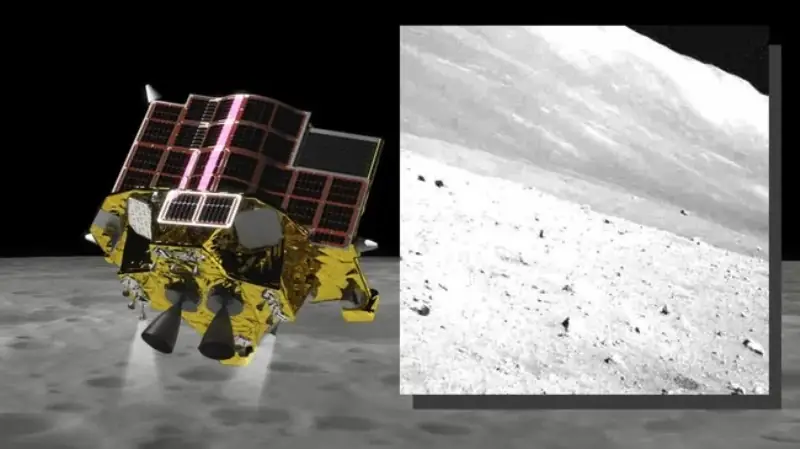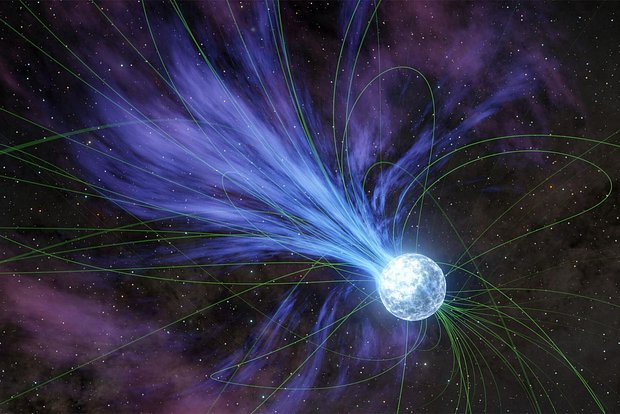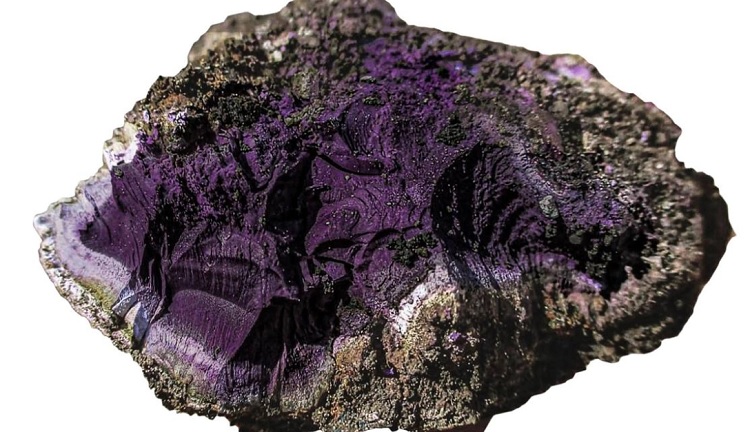The Japanese Smart Lander for Investigation Moon (SLIM) managed to survive the third lunar night, and after its completion on April 23, it contacted scientists again. This achievement is considered significant, since the device was not originally designed to cope with the harsh conditions during a lunar night, when the temperature of the surrounding space drops to -170 C°.
This was reported by the Japan Aerospace Exploration Agency (JAXA), which received a new image of the satellite's surface from SLIM. A new image that SLIM took after waking up from his third night on the moon has appeared on the agency's platform X channel.
"Yesterday evening (night of April 23 - ed.) we were able to contact SLIM, which started up again. This confirms that he survived for the third time. Here is a photo of the surface of the moon taken last night by a navigation camera.,” said the JAXA message that accompanied the image of the lunar surface.


The MissSLIM module arrived on the moon on January 20, 2024, and its main mission was to practice the landing technology and collect data about the satellite's surface. Shortly after landing, JAXA engineers discovered that the vehicle had tilted forward and rested its nose on the ground. Because of this, the solar panels of the module turned out to be incorrectly oriented, which made the process of collecting a sufficient amount of energy difficult. Against this background, the viability of SLIM looks even more impressive.
SLIM's first night on the moon began on January 31 and ended on February 15. Then came the second night on February 29, during which the temperature was expected to drop from 100 C° to -170 C°. JAXA engineers were prepared for the fact that the device would not communicate after two in the morning, but this did not happen and SLIM continued to function.
We will remind you that scientists studying space using the Danuri lunar orbiter discovered an unexplained phenomenon on the far side of the Earth's satellite. Unlike the Earth, the Moon does not have a global magnetic field, although it did in the past. But like Mars, Earth's satellite has several anomalous local magnetic fields.
Magnetic anomalies in lunar vortices have long interested scientists and, for example, NASA plans to use two special spacecraft to study these strange phenomena.


 996
996











